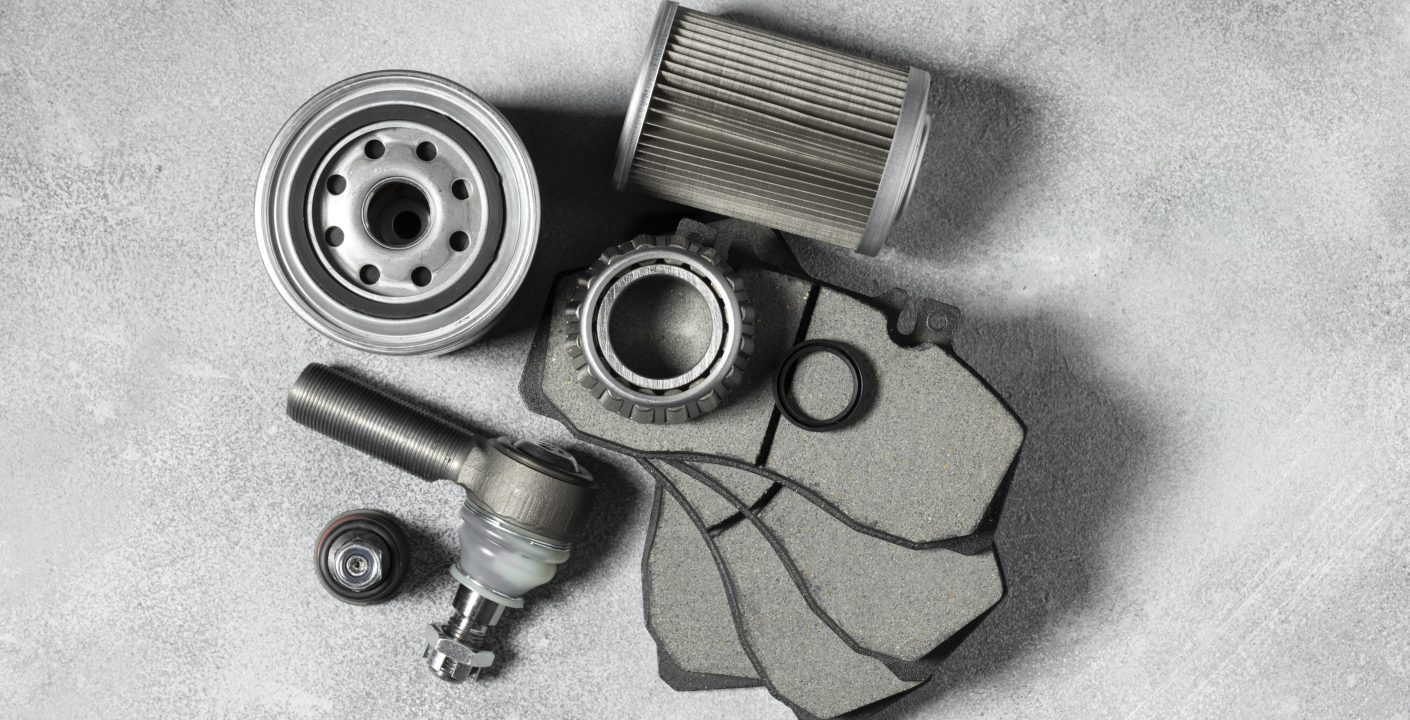The gearbox is one of the most critical components of your vehicle, responsible for transferring power from the engine to the wheels. Whether you drive a manual or automatic vehicle, the gearbox ensures smooth transitions between gears, allowing your car to operate efficiently and safely. However, like any mechanical part, the gearbox is subject to wear and damage over time. Recognizing the signs of a worn or damaged gearbox early can save you from costly repairs and ensure your vehicle remains roadworthy.
Common Signs of a Worn or Damaged Gearbox
-
Grinding or Shaking When Shifting Gears
One of the most noticeable signs of a worn gearbox is grinding or shaking when you shift gears. In a manual transmission, this often indicates that the clutch is not disengaging fully, or the gear synchronizers are worn out. In an automatic transmission, it could point to internal damage or low transmission fluid.
-
Slipping Gears
If your vehicle unexpectedly slips out of gear or shifts gears without your input, this is a clear sign of gearbox trouble. Gear slipping can be caused by worn-out gears, a malfunctioning transmission control unit, or issues with the transmission fluid. This can be particularly dangerous as it may result in a loss of control while driving.
-
Unusual Noises
A healthy gearbox should operate quietly. If you start hearing whining, humming, or clunking noises, it could be a sign of worn bearings, damaged gear teeth, or a failing synchronizer. These noises often become more pronounced when the vehicle is in neutral or when shifting gears.
-
Leaking Transmission Fluid
Transmission fluid is essential for lubricating the gears and keeping the gearbox cool. If you notice red or brown fluid leaking from your vehicle, it’s a sign that the seals in your gearbox may be damaged. Leaking fluid not only leads to low fluid levels, which can cause overheating and gear slippage, but it also indicates that the gearbox may be on the brink of failure.
-
Burning Smell
A burning smell coming from your vehicle is never a good sign. In the context of the gearbox, it usually indicates that the transmission fluid is overheating, which can occur if the fluid levels are low, or the gearbox is working too hard due to internal damage. Overheating can cause significant damage to the gearbox components if not addressed promptly.
-
Dashboard Warning Lights
Modern vehicles are equipped with sensors that monitor various aspects of the gearbox’s performance. If there’s an issue, you might see a warning light on your dashboard, often shaped like a gear or an exclamation point. While the light alone doesn’t specify the exact problem, it’s a clear indicator that your gearbox needs attention.
Causes of Gearbox Wear and Damage
- Lack of Maintenance
- Regular maintenance is key to a healthy gearbox. Failing to change the transmission fluid at the recommended intervals, neglecting to check for leaks, or ignoring minor issues can lead to major gearbox failures over time.
- Harsh Driving Conditions
- Driving in extreme conditions, such as heavy traffic, steep inclines, or towing heavy loads, puts additional strain on the gearbox. Over time, this can lead to accelerated wear and potential damage.
- Manufacturing Defects
- While less common, some gearboxes may suffer from manufacturing defects that cause premature wear or failure. This is often covered under warranty, but it’s important to recognize the signs early.
- Driver Habits
- Aggressive driving, such as hard shifting or frequent stop-and-go driving, can contribute to gearbox wear. In manual vehicles, riding the clutch or failing to fully engage the clutch when shifting can cause significant damage over time.
What to Do If You Suspect Gearbox Issues
- Consult a Professional Mechanic
- If you notice any of the signs mentioned above, it’s crucial to have your vehicle inspected by a professional mechanic as soon as possible. Gearbox repairs can be complex and require specialized knowledge and tools.
- Regular Maintenance
- Ensure that your vehicle receives regular maintenance according to the manufacturer’s guidelines. This includes changing the transmission fluid, inspecting seals and gaskets, and addressing any minor issues before they escalate.
- Consider a Gearbox Rebuild or Replacement
- Depending on the extent of the damage, your mechanic may recommend a gearbox rebuild or replacement. While this can be expensive, it’s often the best solution to restore your vehicle’s performance and ensure long-term reliability.
A worn or damaged gearbox can lead to a host of problems, from poor vehicle performance to complete transmission failure. By recognizing the warning signs and taking proactive steps to address any issues, you can keep your vehicle running smoothly and avoid costly repairs down the road. Remember, regular maintenance and attentive driving habits are key to extending the life of your gearbox.



